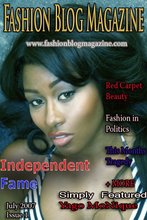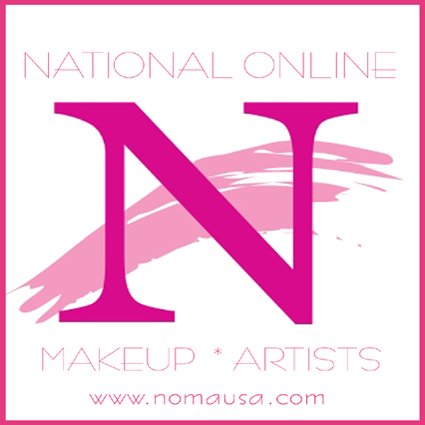
Frida Giannini never stops finding inspiration in her hometown, Rome—someone should give that girl the keys to the city. For her latest men's collection, she'd been spending time at the legendary film studio Cinecittà, looking at fifties-era photos of actors like Marcello Mastroianni in their white suits and piqué polo shirts. But sportswear as we understand it now didn't exist in Italy then, so, to bring things up to this century, Giannini also drew on the boys the Romans call adorable caniglia, who twist tradition with a little sartorial eccentricity. Then, to add some unambiguously masculine spice, she injected a dash of speed demon Steve McQueen in the form of aerodynamic biker jackets and pants. Giannini's recipe needed that weight because, in the end, what really stood out was her own playful Gucci-lite sensibility: leather jackets in silver, white, butter yellow, or lacquered black paired with skinny trousers in bold checks or bright colors, which had an almost cartoonish flair that evoked the eighties. Also echoing that decade was the new-wave smartness of a check suit, striped shirt, and spotted tie combination (the effect was compounded by the soft, Capezio-like shoes in white or silver). Giannini claimed the checks actually came from her research into the fifties at Cinecittà, but it was men she was looking at in those old photos, and it's boys she's dressing when she matches Mastroianni's smart checks with a green suede baseball jacket. Though the look still has its charms, it might be time to move on up.-Tim Blanks









